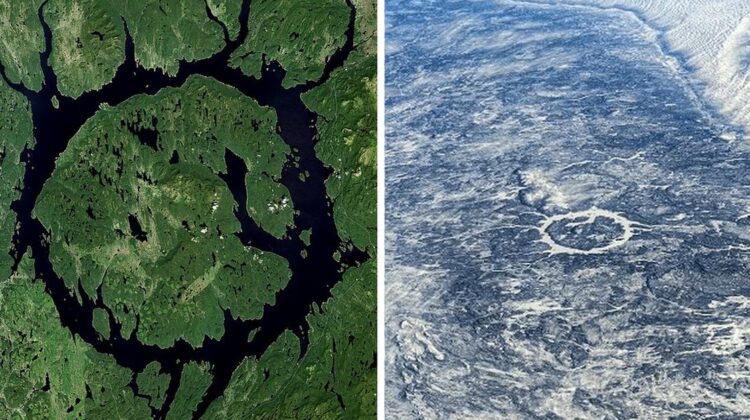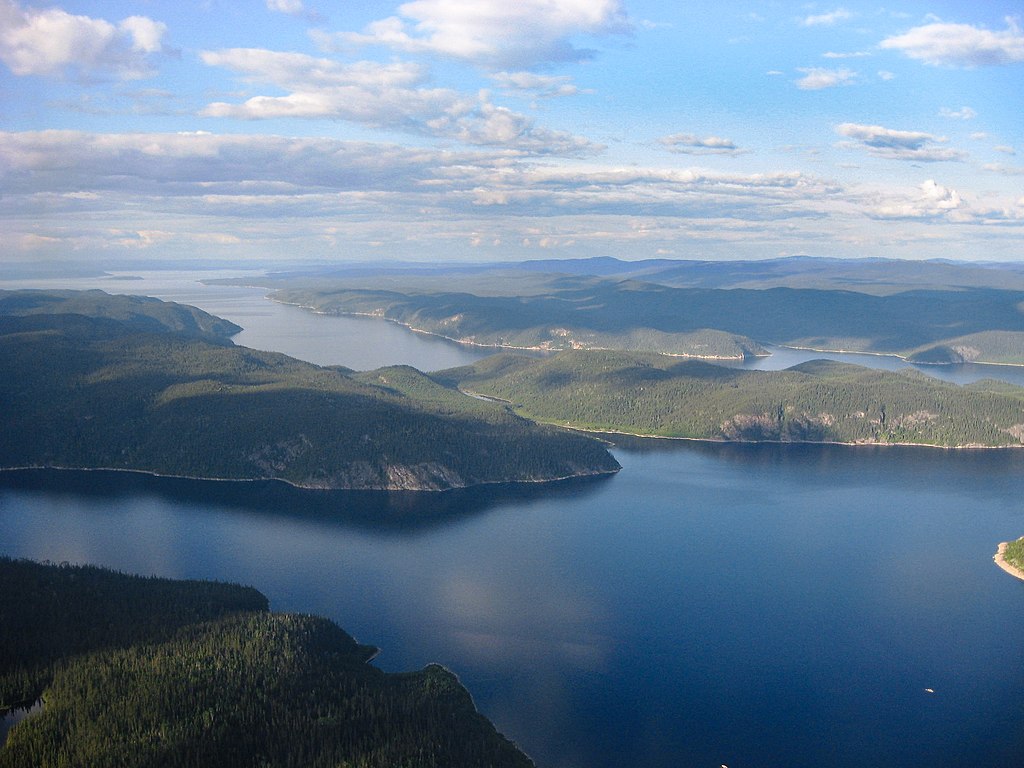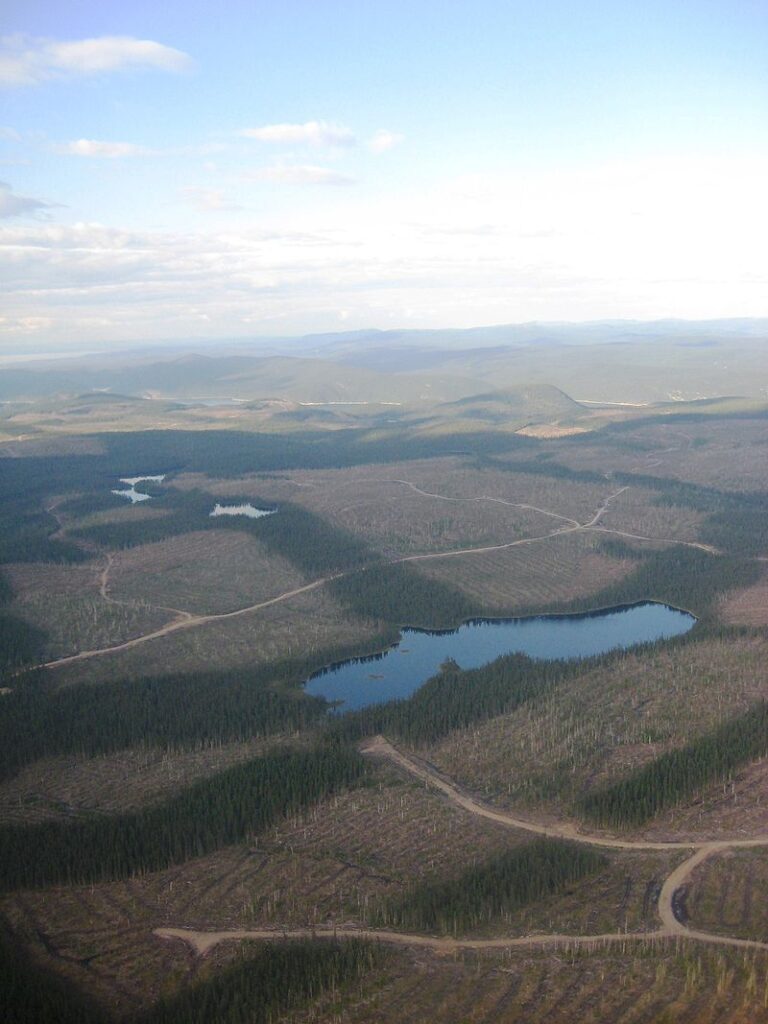
Canada is home to some of the most beautiful and unique natural wonders in the world. Among them is an island that is larger in area than the lake it is situated in, known as René-Levasseur Island. This inland island is located in the Manicouagan Reservoir, which is a stunning natural lake that is located in the northern region of Quebec.
René-Levasseur Island is a true marvel of nature, measuring a staggering 2,020 square kilometers, making it larger than the lake it is situated in, which measures 1,942 square kilometers. The island is located in the center of the Manicouagan Reservoir, which is a breathtaking natural wonder in its own right, formed by an impact crater from a meteorite that hit the area approximately 215 million years ago.

The island was named after a well-known Canadian geographer, René Levassuer, who played a significant role in the development of Quebec’s northern region. Although the island is technically a part of Quebec, it is located in an extremely remote and isolated region, making it inaccessible by road. However, it is possible to reach the island by air, and visitors who make the journey are treated to breathtaking views of the surrounding lake and natural landscapes.

René-Levasseur Island is home to a diverse array of plant and animal life, including a variety of species that are unique to the island. The island’s remote location has helped to preserve its natural habitats, making it an important location for scientific research and ecological conservation efforts.

Despite its remote location, René-Levasseur Island has become a popular destination for adventurous travelers and outdoor enthusiasts. Visitors can enjoy a range of outdoor activities, including hiking, camping, fishing, and boating. The island’s unique and pristine natural landscapes make it an ideal destination for those seeking an escape from the hustle and bustle of modern life.

In conclusion, René-Levasseur Island is a remarkable wonder of nature, larger in area than the lake it is situated in. This inland island is located in the heart of Quebec’s northern region, and it is home to a diverse array of plant and animal life. The island’s remote location has helped to preserve its natural habitats, making it an important location for scientific research and ecological conservation efforts. Visitors to the island are treated to breathtaking views of the surrounding lake and natural landscapes, making it a popular destination for adventurous travelers and outdoor enthusiasts.


Leave a Reply